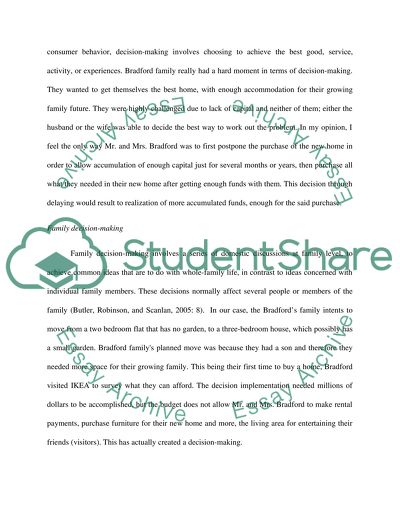Cite this document
(The Family Decision-Making Process and Consumer Behavior Term Paper, n.d.)
The Family Decision-Making Process and Consumer Behavior Term Paper. Retrieved from https://studentshare.org/family-consumer-science/1474887-business
The Family Decision-Making Process and Consumer Behavior Term Paper. Retrieved from https://studentshare.org/family-consumer-science/1474887-business
(The Family Decision-Making Process and Consumer Behavior Term Paper)
The Family Decision-Making Process and Consumer Behavior Term Paper. https://studentshare.org/family-consumer-science/1474887-business.
The Family Decision-Making Process and Consumer Behavior Term Paper. https://studentshare.org/family-consumer-science/1474887-business.
“The Family Decision-Making Process and Consumer Behavior Term Paper”, n.d. https://studentshare.org/family-consumer-science/1474887-business.


